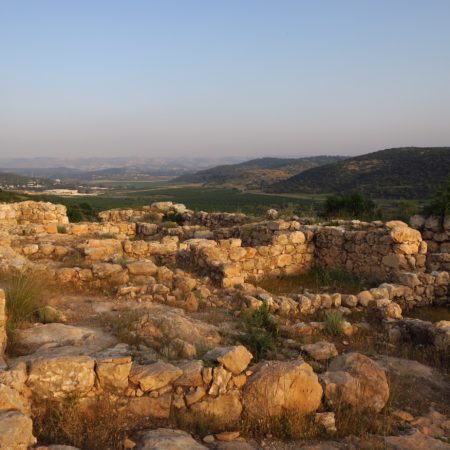Greetings from Israel!
We have been caught up in a whirlwind the last two- or was it three- days. We departed from JFK international airport on Tuesday at 7p.m. for a roughly 10 hour flight to Istanbul, Turkey. Once there we went through Israeli security for a transfer flight from Istanbul to Tel Aviv, Israel. We took a bus directly to our Kibbutz (an Israeli commune that hosts visitors in a hotel type setting) and arrived safely, but exhausted. We had a delicious supper, a brief evening class to orient us for the upcoming day, and then retired for the night.
The geography of Israel is divided into three main sections. The northern most part is called Galilee and is the most fertile and agricultural. The middle section is Samaria and contains several of the tallest peaks. Finally, Judah is the southernmost region comprising a variety of topography.
We are currently in the region of Judah, which has several distinct areas of topography and climate, which significantly impacts how people lived and traveled in (and through) Israel. Nearest the Mediterranean Sea is the level coastal plain, which is easy to traverse, but does not have much agricultural value due to poor soil. Further east is the Shephelah (pronounced something like schvay-lah), a hilly region that receives rainfall as the moisture is deposited as moist Mediterranean air cools as it climbs the mountains to the east. It is the richest agricultural area of Judah. Adjacent to the Shephelah is the hill country of Judah, which is very hilly with steep valleys, not conducive to larger scale agriculture. Jerusalem lies on the eastern side of the hill country. Finally, between the hill country and the Jordan Valley is the wilderness, a very dry and hilly region.
We spent all day today in the Shephelah of Judah. This region is absolutely central to much of Old Testament history. Four crucial valleys (the Aijalon, Sorek, Elah, and Guvrin valleys) connect the coastal plain (where the Philistines lived) to the hill country of Judah (where many Israelites lived). This means that many of the most famous conflicts in the Old Testament take place in the valleys we explored today. We saw the Aijalon Valley, where Joshua led the Israelites against a coalition of Philistines and the Lord made the sun stand still so that they could complete their victory (Joshua 10:1-28). We stood at the ruins of Tel Shaarim, where David refused Saul’s armor and left him to look on in dismay as he vanquished the giant Goliath (1 Samuel 17). We looked on the deep Sorek valley where the mighty Sampson did his judging and discussed the implications of God’s employing such a flawed man to accomplish His amazing work (Judges 13-16).
Our trip so far has been exhausting, exhilarating, and fruitful. We have already learned much (even in just one full day!) and we can’t wait to get home to share it with you. Take care of Lisa and Laura for us!
Pastor Matheny and Matt Brand
View this post HERE to comment or discuss on our facebook page.

